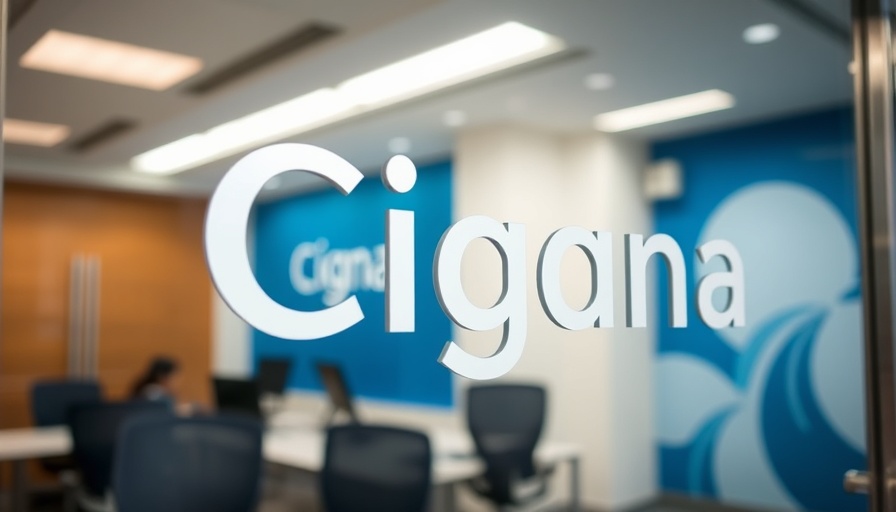
Cigna's Executive Reshuffle: A Strategic Move Amid Rising Costs
Cigna, one of America's largest healthcare insurers, is undergoing a significant restructuring of its leadership team, consolidating oversight of its insurance and health services divisions. This move comes as the company faces unexpected cost growth and strives to enhance operational efficiency. As part of this transformation, Brian Evanko has been appointed chief operating officer (COO), transitioning from his role as chief financial officer (CFO) and the head of the health insurance division, Cigna Healthcare.
Understanding Cigna's Transition and Its Implications
The departure of Eric Palmer, the CEO of Evernorth, highlights the intensity of the reshuffle. Palmer's exit, effective by the end of April, follows Cigna's struggles to meet Wall Street expectations, rooted in rising medical costs and underperformance. While Cigna reported a 27% revenue increase, net income saw a substantial decline of 34%, driven by soaring expenses associated with high-cost medical plans.
This restructuring is not just about leadership realignment; it signifies Cigna's strategy to adapt to a rapidly changing healthcare landscape. Market analysts suggest that by having a single leader oversee both the health services and insurance sectors, Cigna aims to foster streamlined operations and mitigate further financial losses.
Proactive Measures for Future Growth
Cigna has presented plans to combat its financial challenges. With the imminent sale of its Medicare business—valued at $3.7 billion—Cigna is making efforts to refocus on its core strengths, including the expansion of its specialty pharmacy division. This transition is intended to lessen financial burdens while nurturing areas of profitability.
JP Morgan analyst Lisa Gill emphasizes the importance of Evanko's new role as COO, signaling that having broader oversight gives him more control in driving changes throughout the organization. Cigna's CEO, David Cordani, indicates these changes will simplify internal structures and enable the company to sharpen its focus on consumer needs.
Customer-Centric Approach: Linking Compensation to Satisfaction
In an effort to further improve its services, Cigna is committing to tie executive compensation to customer satisfaction metrics. This pledge represents a conscious shift amidst increasing consumer dissatisfaction with health insurers, aiming to restore confidence in the company. This strategic plan includes expanding support for members with chronic conditions and enhancing care navigation efforts, ensuring that consumer feedback plays a pivotal role in corporate decisions.
As Cigna navigates these tumultuous changes, its ability to balance financial efficiency with elevating customer experience will be crucial. Health and wellness enthusiasts, along with consumers seeking reliable healthcare solutions, should keep a watchful eye on how these transformations unfold and impact their interactions with Cigna.
 Add Row
Add Row  Add
Add 




 Add Row
Add Row  Add
Add 



Write A Comment